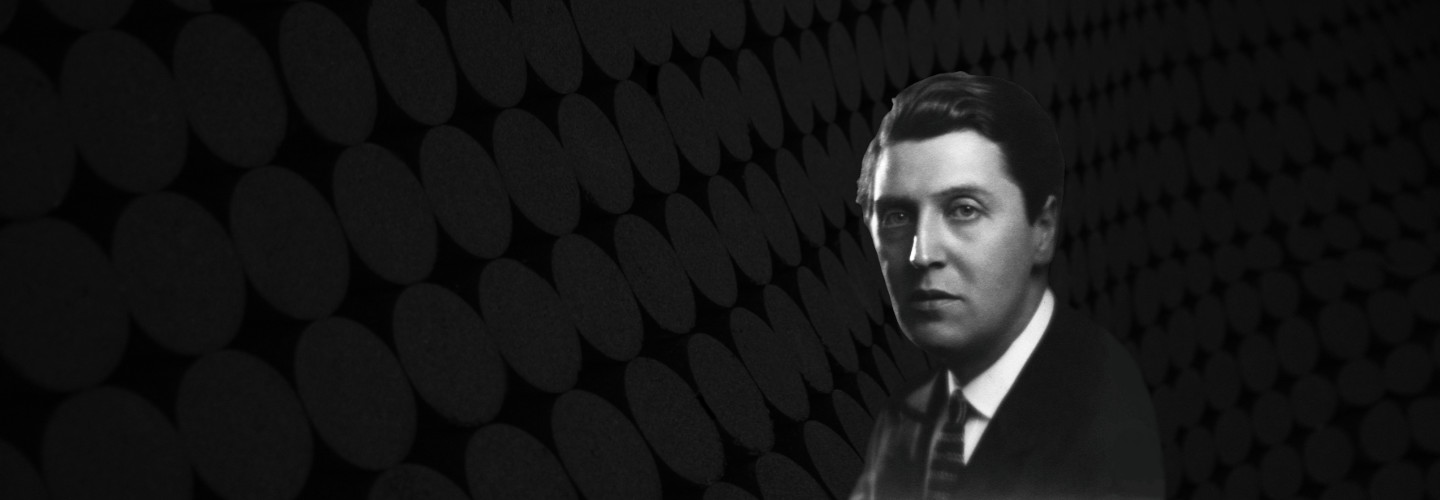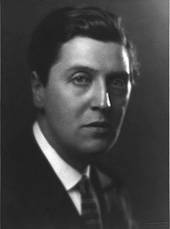

Alban Berg
Lulu
Short instrumentation: 3 3 4 3 - 4 3 3 1 - timp, perc(6), hp, acc, pno, alto sax(Eb), str
Duration: 60'
Bearbeitet von: Eberhard Kloke
Roles:
Lulu ... Sopran
Gräfin Geschwitz ... Mezzosopran
Theater-Garderobiere ... Alt
Gymnasiast (Hosenrolle) ... Alt
Groom (Hosenrolle) ... Alt
Medizinalrat (Sprechrolle) ... Bass
Bankier ... Bass
Professor ... stumme Figur
Maler ... Tenor
Neger ... Tenor
Dr. Schön
Chefredakteur ... Bariton
Jack the Ripper ... Bariton
Alwa ... Tenor
Schigolch
ein Greis ... Bass
Tierbändiger ... Bass
Athlet ... Bass
Prinz ... Tenor
Kammerdiener ... Tenor
Marquis ... Tenor
Theaterdirektor ... Bass
Clown ... stumme Rolle
Bühnenarbeiter ... stumme Rolle
Polizeikommissar ... Sprechrolle
Fünfzehnjährige ... Sopran
Ihre Mutter ... Alt
Kunstgewerblerin ... Mezzosopran
Journalist ... Bariton
Diener ... Bariton
Instrumentation details:
1st flute (+alto fl
picc)
2nd flute (+picc)
3rd flute (+picc)
1st oboe
2nd oboe
3rd oboe (+c.a)
1st clarinet in Bb (+cl(Eb))
2nd clarinet in Bb
3rd clarinet in Bb
bass clarinet in Bb
alto saxophone in Eb
1st bassoon
2nd bassoon
3rd bassoon (+cbsn)
1st horn in F
2nd horn in F
3rd horn in F
4th horn in F
1st trumpet in C
2nd trumpet in C
3rd trumpet in C
1st trombone
2nd trombone
3rd trombone
bass tuba
timpani
percussion (6 player: vibraphone, xylophone, gong large tam-tam, small tam-tam, jazz drum, snare drum, bass drum)
harp
accordion
piano
violin I
violin II
viola
violoncello
contrabass
Berg - Lulu
Sample pages
Audio preview
Work introduction
Alban Berg died on 24 December 1935, before he could finish his opera Lulu; the orchestration of the third act is incomplete, existing only as a short-score. Of the 1300 bars of this short score (comprising the totality of Act III), 416 are orchestrated by Berg himself; the best part of the remainder consists of instrumental indications, and the music of 88 bars is somewhat uncertain.
Berg wrote his “Symphonic Pieces from the Opera Lulu,” the Lulu Suite, a year before his death, in order to give the eagerly expectant music world an impression of his new creation.
After a long and thorough study of all the related material and similar consideration of the positive and negative aspects involved, Friedrich Cerha decided to make a playable version of Act III. He worked on it from 1962 to 1974 and, after Helene Berg died, he revised it again in 1976 –1977 and 1981 in light of newly accessible sources.
Since comparison of the short score and the full score of the first two acts and the orchestrated parts of Act III shows that there are no significant divergences, Cerha saw no reason why he should not adhere to the layout as it was set down in the short score.
The posthumous premiere of the first two acts took place in Zurich on 2 June 1937, while the first performance of the entire opera was given on 24 February 1979 in Paris. Cerha’s reconstitution of Act III made it possible to choose between the two-act and the three-act versions.
Act III – flexible presentation
A performance in Copenhagen on 15 October 2010 added a third version to the two foregoing ones; Eberhard Kloke (b. 1948) devised a type of “module system” for Act III which gave performers the option of shaping scenes and dramatic developments more freely, with the intention of reducing the act’s duration.
Kloke’s new version of Act III attempts to open up the work; he does not consider the short score as an absolute authority as regards its horizontal course of development. He arrived at some independent solutions of his own in the course of studying the sources and the subsequent editing work. There are several places where he offers ossia variants and options for shortening some passages via vide cuts, based on which of the performers can find their own solutions.
One of the premises on which Kloke’s version devolves is that all the sections Berg orchestrated should remain as they were, using them as the foundation for Act III. His intention in adding new and old parts of Acts I and II, as well as sections of the Symphonic Pieces (which Berg completed after the short score and which of course constitute a kind of further development of material from Act III) was to add coherence and to underline formal interrelations among the three acts.
But Kloke also reverted directly to Cerha’s version since at times it did not seem to make sense to derive alternative solutions to the existing source material.
